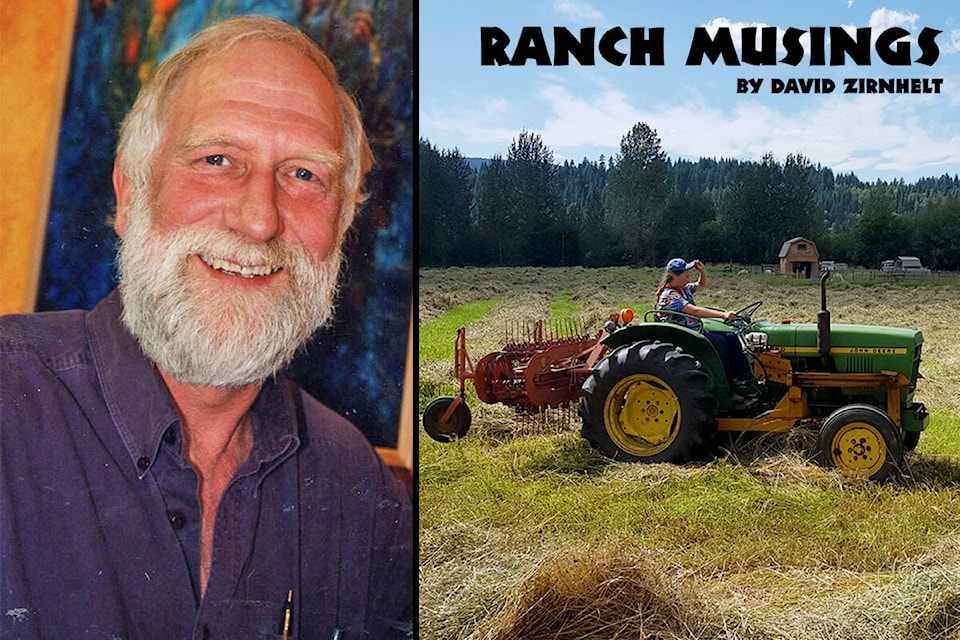We are fortunate to be settled for a few weeks in a coastal town in Mexico enjoying the sun, the sea and great company.
Shopping for food in a large local market where freshness is almost guaranteed because it is close to the production farms and abundant in quantity, is a treat reminiscent of in-season farmers’ markets and home gardens at home.
Time to do extra reading when getting out of the direct sun for a good part of the day allows me the luxury of looking at what is new in farming and food worldwide.
I like to think about what is happening closer to home and how we can be part of the solution to bigger problems, such as inflation and conserving precious fossil fuels (which because of rising costs contribute to inflation).
Thanks to the “Creative Commons” which freely supplies useful research results via the internet, the online newsletter called the Modern Farmer, a recent article focuses on the cold chain. The cold chain is the system of technologies which keep food cold and thus reduce waste.
The use of this term appears to be derived from the health field where Google defines it this way:
The cold chain is a set of rules and procedures that ensure the proper storage and distribution of vaccines to health services from the national to the local level. The cold chain is interconnected with refrigeration equipment that allows vaccines to be stored at recommended temperatures to maintain their potency. (Google)
This cold chain idea used in food systems pertains mostly to refrigeration.
Conventional refrigeration mostly depends on hydroflourocarbons (HFCs) which are dangerous greenhouse gases contributing to climate warming, therefore alternative refrigerants need to be combined with solar power electricity for this proposed coldchain to be climate friendly.
This cold chain is today a $160 billion market growing to be $585 billion by 2026. This research suggests financing emerging economies at the local level in the developing world would drastically reduce poverty.
At home, let’s think about extending the use of dried fish and meats in the form of dried and smoked jerky as a time tested technology. Native peoples and settlers alike have used this for who knows how long? The sun and wind can be the main source of energy for drying. Modern freeze driers can also be used.
The good old root cellar is still in use and could be used more. They use the moderating soil temperature to preserve root vegetables and other things like canned foods: coolness during hot weather and warmth during the winter. No external energy source is necessary.
These are good conservative practises. Newer technologies can and will help us, but we should not forget about easy, older, affordable technologies in the meantime.
READ MORE: ZIRNHELT: We have lived through the best of times…
monica.lamb-yorski@wltribune.com
Like us on Facebook and follow us on Twitter
